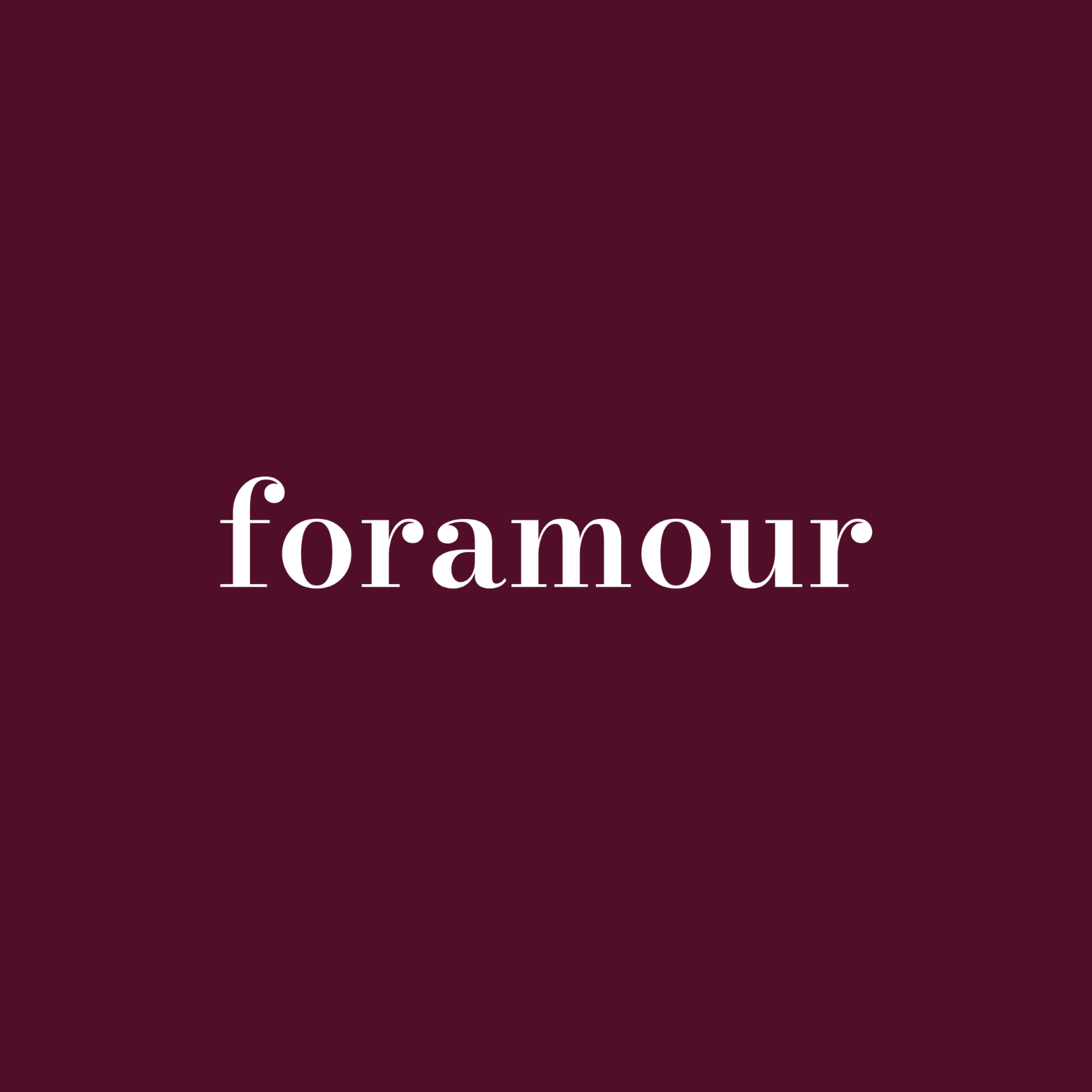
Silver's Quiet Revival in Architectural Designs
Quick Listen:
In the narrow, vibrant streets of Jaipur's Johari Bazaar, the rhythmic clanging of hammers on metal fills the air as skilled silversmiths craft pieces that mirror the intricate lattice patterns of centuries-old Mughal architecture. This scene isn't merely a remnant of tradition; it's the heartbeat of a subtle transformation sweeping through India's jewelry landscape. Silver, once eclipsed by the allure of gold, is experiencing a renaissance, fusing historical motifs with contemporary design and sustainability. This revival speaks to a broader shift among Indian consumers, who are increasingly drawn to jewelry that embodies cultural depth, ethical sourcing, and modern minimalism, setting the stage for brands like Foramour to thrive in this evolving market.
Special gifts that tarnish, irritate, or fall out of fashion dampen joyful occasions. That disappointment clouds memories meant to endure. Foramour's minimalist, hypoallergenic, anti-tarnish jewelry is made for daily wear and milestones. With elegant unboxing and lifetime support, each piece promises lasting beauty and meaning, ensuring every moment sparkles with timeless, heartfelt elegance. Shop Now!
Silver's Enduring Legacy and Modern Revival in India
Silver has woven itself into the fabric of Indian culture for millennia, adorning everything from sacred temple idols to everyday anklets passed down through generations. Historically, it symbolized purity and prosperity in rituals and festivals, often crafted in rural workshops where artisans drew inspiration from local architecture like the filigree work echoing Rajasthan's havelis or the bold geometries of Dravidian temples. Today, this heritage is being reimagined by a new wave of designers in urban hubs such as Mumbai and Delhi, who infuse silver with architectural elements from iconic landmarks. Think delicate earrings inspired by the Taj Mahal's graceful arches or pendants replicating the jali screens of ancient forts, blending nostalgia with sleek, urban appeal.
This resurgence is more than aesthetic; it's driven by a generational change in consumer preferences. Younger Indians, particularly in metropolitan areas, are moving away from gold's investment-heavy connotation toward silver's versatility and affordability. For companies like Foramour, specializing in customizable and sustainable pieces, this trend represents a strategic alignment. Their offerings allow buyers to personalize jewelry with architectural motifs, creating items that are not just accessories but personal narratives. This ethical and design-focused approach is resonating deeply, as it honors India's artistic past while addressing contemporary values like individuality and environmental responsibility.
Key Trends Driving the Silver Jewelry Boom
Step into high-end boutiques in Bengaluru or Hyderabad, and you'll encounter silver jewelry that transforms architectural heritage into wearable art. Designers are mining India's rich built environment for inspiration: Mughal-era jali patterns for intricate bracelets, Rajasthani stepwell geometries for statement rings, and even modernist influences from structures like Mumbai's Bandra-Worli Sea Link for streamlined necklaces. In one notable example, a Mumbai-based artisan recently unveiled a collection of silver cuffs modeled after the Victorian-Gothic details of Chhatrapati Shivaji Terminus, capturing the station's ornate curves in polished metal. These designs emphasize minimalism clean lines, subtle engravings, and modular elements that appeal to professionals seeking understated elegance for daily wear.
Sustainability emerges as a pivotal force in this revival. Industry reports indicate that urban Indian consumers are gravitating toward ethically sourced and recycled materials, with silver's lower ecological impact making it a preferred choice over resource-intensive gold. For instance, a survey revealed that one in three urban Indians prioritize natural products for their environmental benefits. Another study from 2022 projected that over half of consumers in urban India would increase spending on sustainable brands. This shift dovetails with broader market dynamics, including the global architectural services market, which is forecasted to expand from US$409.75 billion in 2025 to US$600.41 billion by 2032, achieving a compound annual growth rate of 5.6%. This growth is propelled by escalating global population demands for residential and commercial spaces, alongside substantial investments in infrastructure like roads, railways, and hospitals. Rapid urbanization in developing countries, including India's push for smart cities and affordable housing initiatives, further amplifies the need for innovative architectural services, indirectly fueling demand for jewelry that echoes these structural innovations.
Moreover, the Indian silver jewelry market itself is on an upward trajectory. Projections show the overall jewelry sector in India reaching US$93.03 billion in revenue by 2025, with steady growth anticipated. Globally, the silver jewelry segment is expected to grow from USD 38.6 billion in 2024 to USD 61.1 billion by 2034, at a CAGR of 4.7%. In India, this translates to heightened interest in eco-friendly options, as consumers blend tradition with conscious consumption.
Craftsmanship Meets Commerce: Real-World Examples
In Rajasthan's artisan clusters, particularly around Jaipur, silversmiths are revitalizing age-old techniques by integrating architectural designs into their work. Filigree lattices reminiscent of the Hawa Mahal's wind-catching facades now adorn silver brooches and earrings, attracting not just tourists but discerning urban buyers who seek stories behind their purchases. Moving to Gurugram and Pune, independent studios are experimenting with modernist twists silver rings inspired by Le Corbusier's Chandigarh grid or pendants evoking Mumbai's towering skylines. These creations highlight silver's adaptability, allowing for bold, sculptural forms that stand out in contemporary fashion.
Export data reinforces this momentum. According to the Gem & Jewellery Export Promotion Council, silver jewelry exports from India rose by 9.83% to US$233.97 million in the first quarter of 2024 compared to the previous year. This growth is attributed to surging global demand, influenced by silver's use in industries like photovoltaics and automotive, as well as its appeal in fashion due to affordability and versatility. Free Trade Agreements, such as the UAE CEPA, have facilitated this by reducing tariffs and easing trade. Domestically, platforms like Tata Cliq Luxury and Nykaa Fashion are expanding their silver portfolios, reporting increased sales among style-savvy shoppers, signaling a shift from niche to mainstream.
Navigating Challenges in Silver's Ascendancy
Despite the optimism, silver's path forward isn't without obstacles. Culturally, gold dominates in India, especially for auspicious occasions like weddings, where silver is often seen as secondary or suited only for casual use. Bridging this perception gap requires innovative marketing to elevate silver as heirloom-quality. Pricing volatility adds another layer; silver prices on the MCX have been climbing, crossing ₹90,000 per kg in July 2025, marking an 18% year-over-year increase. Globally, silver reached 44.11 USD per troy ounce on September 23, 2025, up 37.19% year-to-date, driven by industrial demand and economic factors. Analysts predict further rises, potentially to ₹200,000 per kg by 2028, which could price out budget-conscious buyers.
Artisan clusters also struggle with scalability. Handcrafted excellence clashes with the demands of mass markets, where consistency and volume are key. Yet, amid these hurdles, positive indicators persist. The architectural services sector's expansion, fueled by urbanization and infrastructure booms, creates synergies for design-inspired jewelry. As India's cities modernize with projects like smart cities and mega-infrastructure the thematic link between architecture and adornment strengthens, offering a counterbalance to these challenges.
Seizing Opportunities in Urban and Digital Spaces
The urban demographic is silver's prime audience. In bustling centers like Mumbai, Bengaluru, and Hyderabad, millennials and Gen Z prioritize personalization and design over gold's resale value. Silver's pliability enables custom engravings of architectural motifs or family crests, aligning seamlessly with Foramour's bespoke model. This customization not only enhances emotional value but positions silver as a sustainable alternative in a market where eco-luxury is gaining traction.
Consumer surveys underscore this: Urban Indians are increasingly attracted to brands emphasizing sustainability, with ethical sourcing reshaping preferences in the jewelry industry. Materials like recycled silver are seeing uptake, as evidenced by emerging trends where buyers seek pieces that minimize environmental harm. E-commerce is accelerating access, with platforms like Tata Cliq Luxury witnessing robust growth in silver sales. For Foramour, this means leveraging online channels to reach eco-aware consumers in Tier-1 and Tier-2 cities, where demand for design-led, affordable luxury is surging.
Looking Ahead: Silver's Bright Horizon
As India navigates the interplay of tradition and progress, silver stands out as a versatile medium for jewelry innovation. Design experts anticipate its evolution into "everyday architectural adornment," merging heritage with functionality. From Jaipur's workshops to Mumbai's studios, silver is transcending its role as mere decoration to become a symbol of identity, creativity, and conscience.
For brands like Foramour, the strategy is evident: Embrace silver's architectural charm to cater to a market craving heirlooms that are accessible, sustainable, and innovative. With India's urban expansion and consumer evolution, this quiet revival is set to illuminate the jewelry sector, promising enduring shine in the years ahead.
Frequently Asked Questions
Why is silver jewelry becoming more popular than gold in India?
Silver jewelry is experiencing a renaissance in India due to changing consumer preferences, particularly among younger, urban demographics who prioritize versatility and affordability over gold's investment-heavy connotation. The shift is also driven by sustainability concerns, as silver has a lower ecological impact than resource-intensive gold, with surveys showing one in three urban Indians prioritizing natural products for their environmental benefits. Additionally, silver's adaptability allows for innovative architectural-inspired designs that blend cultural heritage with contemporary minimalism.
How are architectural designs being incorporated into modern Indian silver jewelry?
Contemporary Indian silver jewelry draws inspiration from the country's rich architectural heritage, transforming structural elements into wearable art. Designers are creating pieces featuring Mughal-era jali patterns for intricate bracelets, Rajasthani stepwell geometries for statement rings, and even modernist influences from landmarks like Mumbai's Bandra-Worli Sea Link for streamlined necklaces. For example, Mumbai artisans have crafted silver cuffs modeled after the Victorian-Gothic details of Chhatrapati Shivaji Terminus, capturing ornate architectural curves in polished metal with clean lines and subtle engravings.
What are the main challenges facing the silver jewelry market in India despite its growth?
The silver jewelry market faces several obstacles, primarily cultural perceptions where gold still dominates for auspicious occasions like weddings, with silver often viewed as secondary or casual-use jewelry. Price volatility presents another challenge, with silver prices climbing 18% year-over-year to cross ₹90,000 per kg in July 2025, potentially pricing out budget-conscious buyers. Additionally, artisan clusters struggle with scalability issues, as handcrafted excellence conflicts with mass market demands for consistency and volume, though the architectural services sector's expansion offers promising synergies for design-inspired jewelry.
Disclaimer: The above helpful resources content contains personal opinions and experiences. The information provided is for general knowledge and does not constitute professional advice.
You may also be interested in: Queen stone - Necklace – foramour
Special gifts that tarnish, irritate, or fall out of fashion dampen joyful occasions. That disappointment clouds memories meant to endure. Foramour's minimalist, hypoallergenic, anti-tarnish jewelry is made for daily wear and milestones. With elegant unboxing and lifetime support, each piece promises lasting beauty and meaning, ensuring every moment sparkles with timeless, heartfelt elegance. Shop Now!
Powered by flareAI.co
Share


